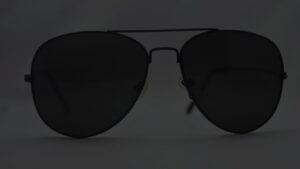Managing H200 GPUs can seem overwhelming, especially when you’re dealing with high-performance tasks that require precision. But getting a handle on it doesn’t have to be complicated if you know the right strategies and tools. This blog will guide you through the essential steps to manage your h200 GPUs effectively.
1. Proper Installation and Setup
First, make sure that your computer has enough room for the GPU and enough cooling. Insert the GPU into the PCIe slot and connect the power cables securely.
Once physically installed, make sure the drivers are up to date. For the most up-to-date driver version, go to the manufacturer’s website to make sure it works with your system.
A proper setup also includes connecting your monitor or display to the GPU. After installation, test the system to make sure everything is working properly before starting any demanding tasks.
2. Monitoring GPU Performance
Use monitoring tools like MSI Afterburner or GPU-Z to check metrics such as temperature, usage, and memory. Monitoring helps identify any issues early, such as overheating or overuse, and ensures the GPU is performing within safe limits. Regular checks can also reveal if the GPU is underutilized or running at high capacity, allowing you to make adjustments as needed for your tasks.
3. Efficient Resource Allocation
Efficiently managing the resources of your H200 GPU is essential for optimal performance. Allocate the GPU’s power based on your needs—whether it’s for gaming, machine learning, or video rendering.
Adjust the power settings in your system or through software to maximize performance while minimizing energy waste. If you are using the GPU for multiple tasks, ensure that resources are being distributed efficiently to prevent overloading the GPU.
4. Troubleshooting Common GPU Issues
Common problems include overheating, screen flickering, or crashes. If the GPU is overheating, check the cooling system, ensure fans are working, and clean dust from vents.
Updating the drivers is a good first step if you are having problems or crashes. If problems persist, try reinstalling the drivers or resetting the GPU settings.
Another issue could be hardware-related, such as loose connections or faulty power cables. Identifying these problems early can prevent long-term damage and ensure your GPU runs smoothly.
5. Optimizing the GPU for Specific Applications
To get the best performance from your H200 GPU, it’s important to optimize it for the specific applications you’re using. For example, if you’re using the GPU for gaming, adjust the settings for high performance and smooth frame rates.
Make sure that the GPU’s resources are focused on processes that need a lot of computation for machine learning tasks. Many applications allow you to adjust GPU settings directly within the software to optimize for performance.
For example, you might tweak resolution, graphical effects, or power consumption to match your needs.
Maximize Efficiency and Performance
By following the outlined strategies, you can ensure your GPU runs at peak performance while avoiding potential issues. Stay proactive with updates and adjustments, and you’ll unlock the full potential of your H200 GPU for any task at hand.






